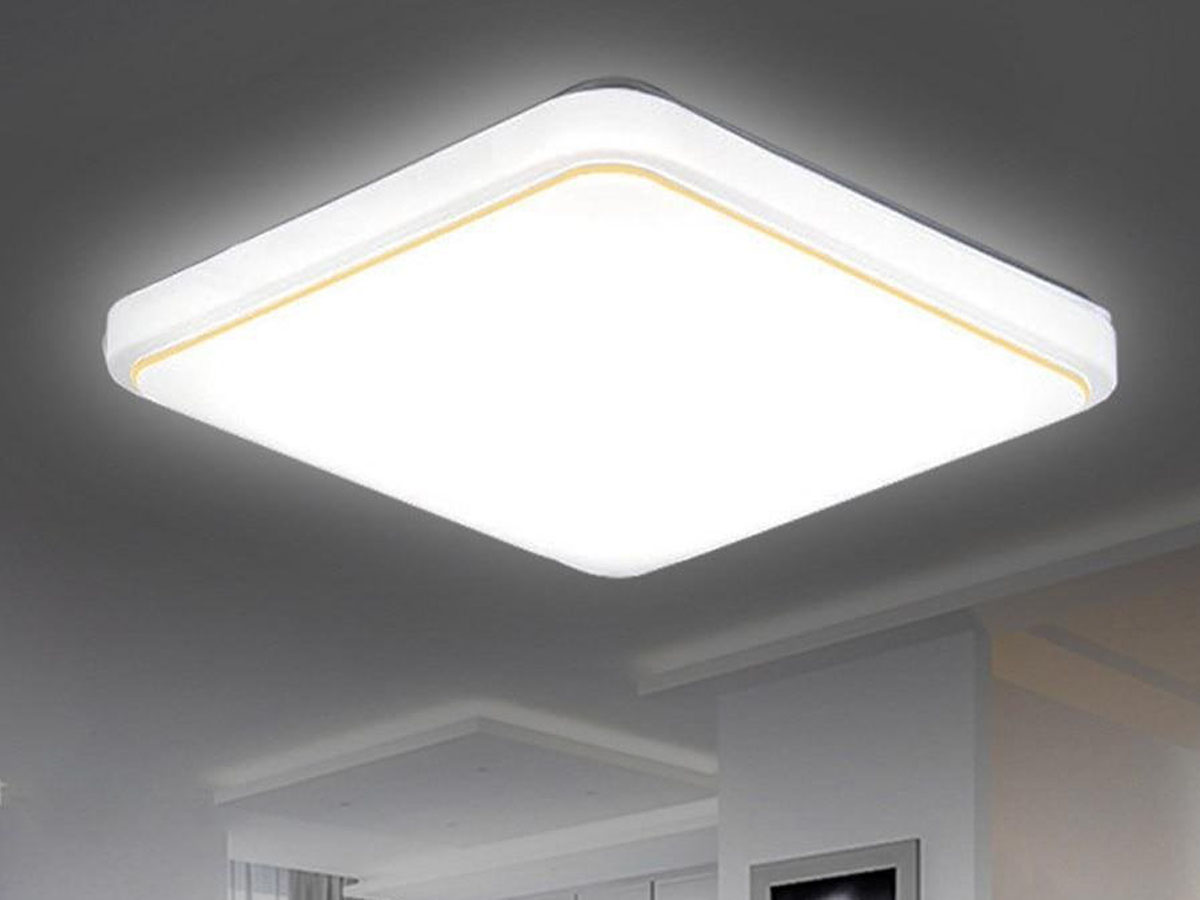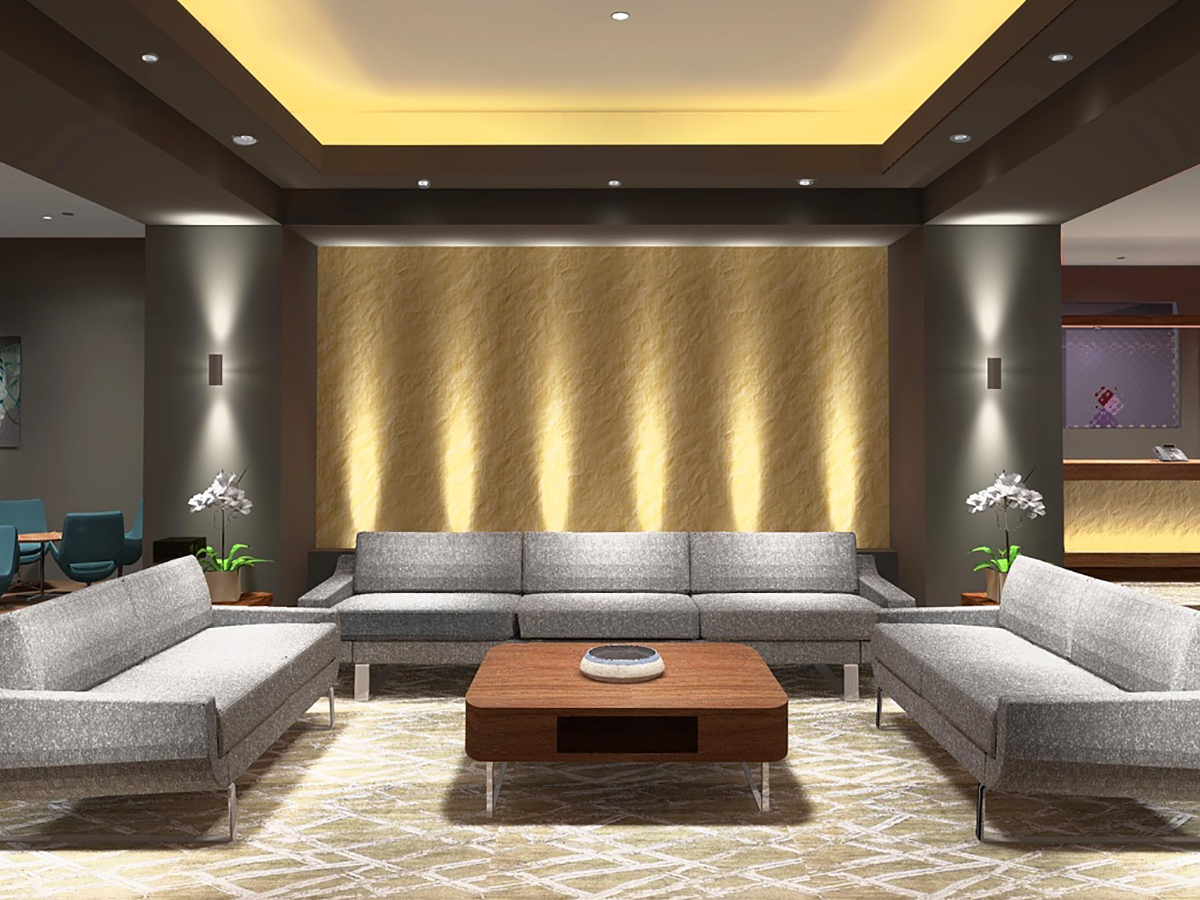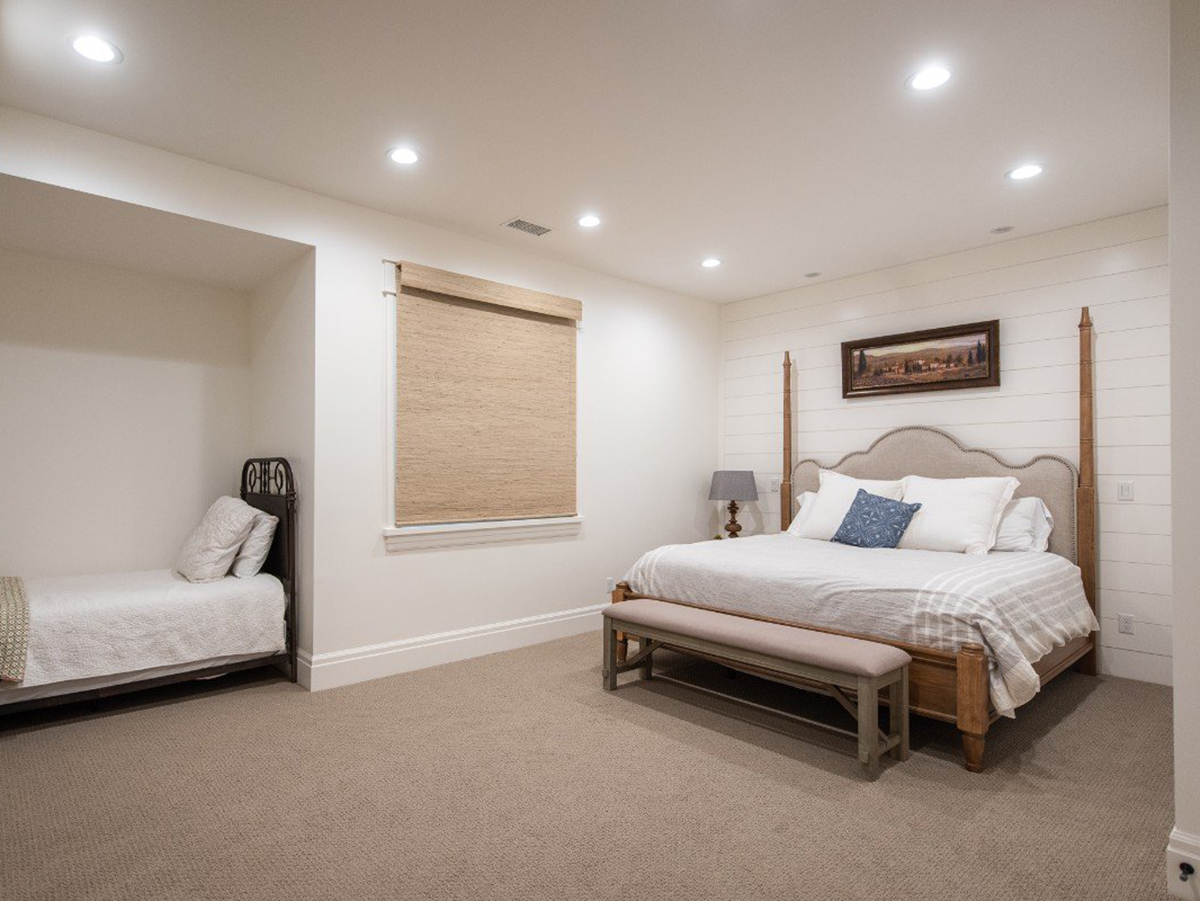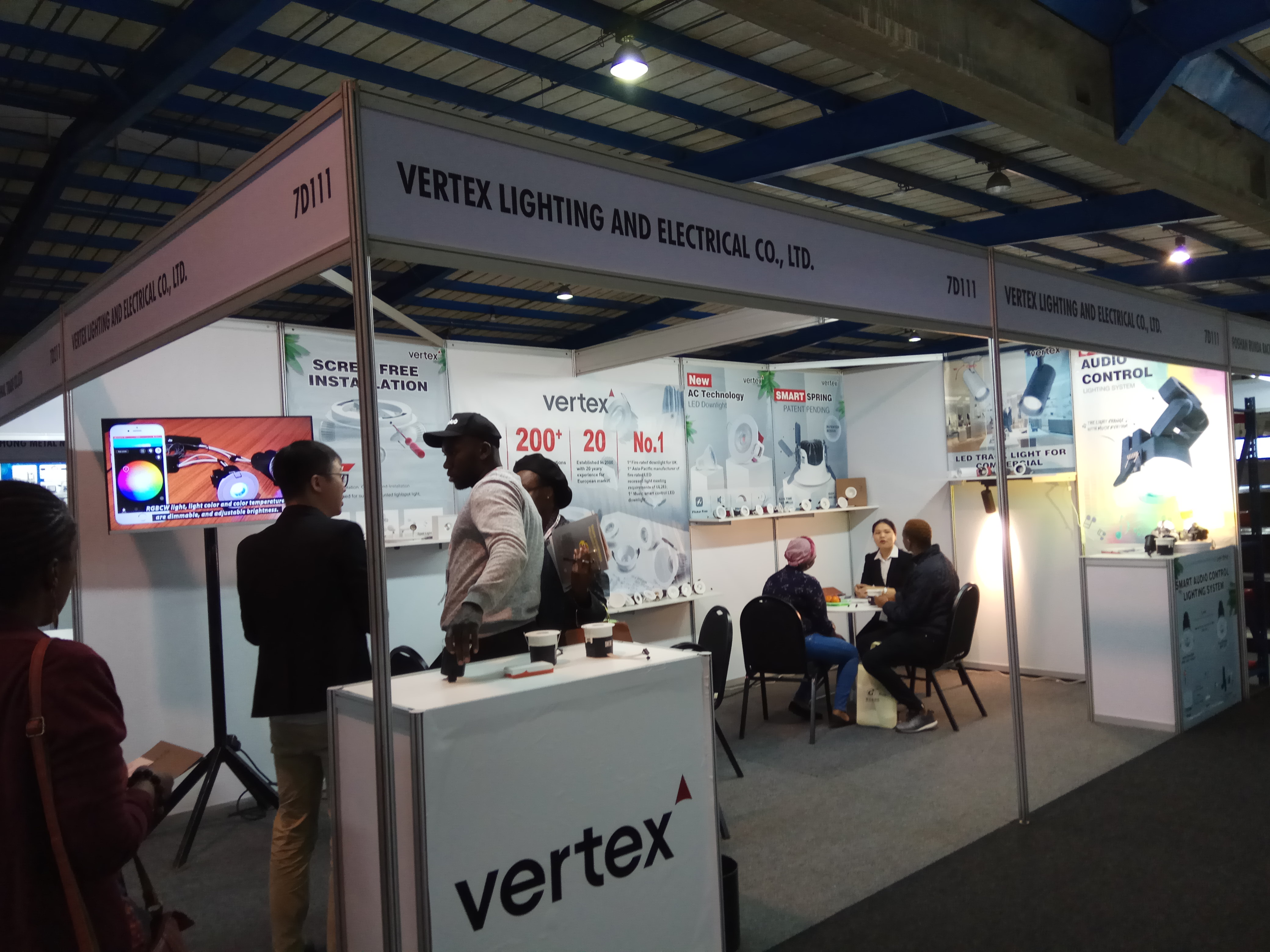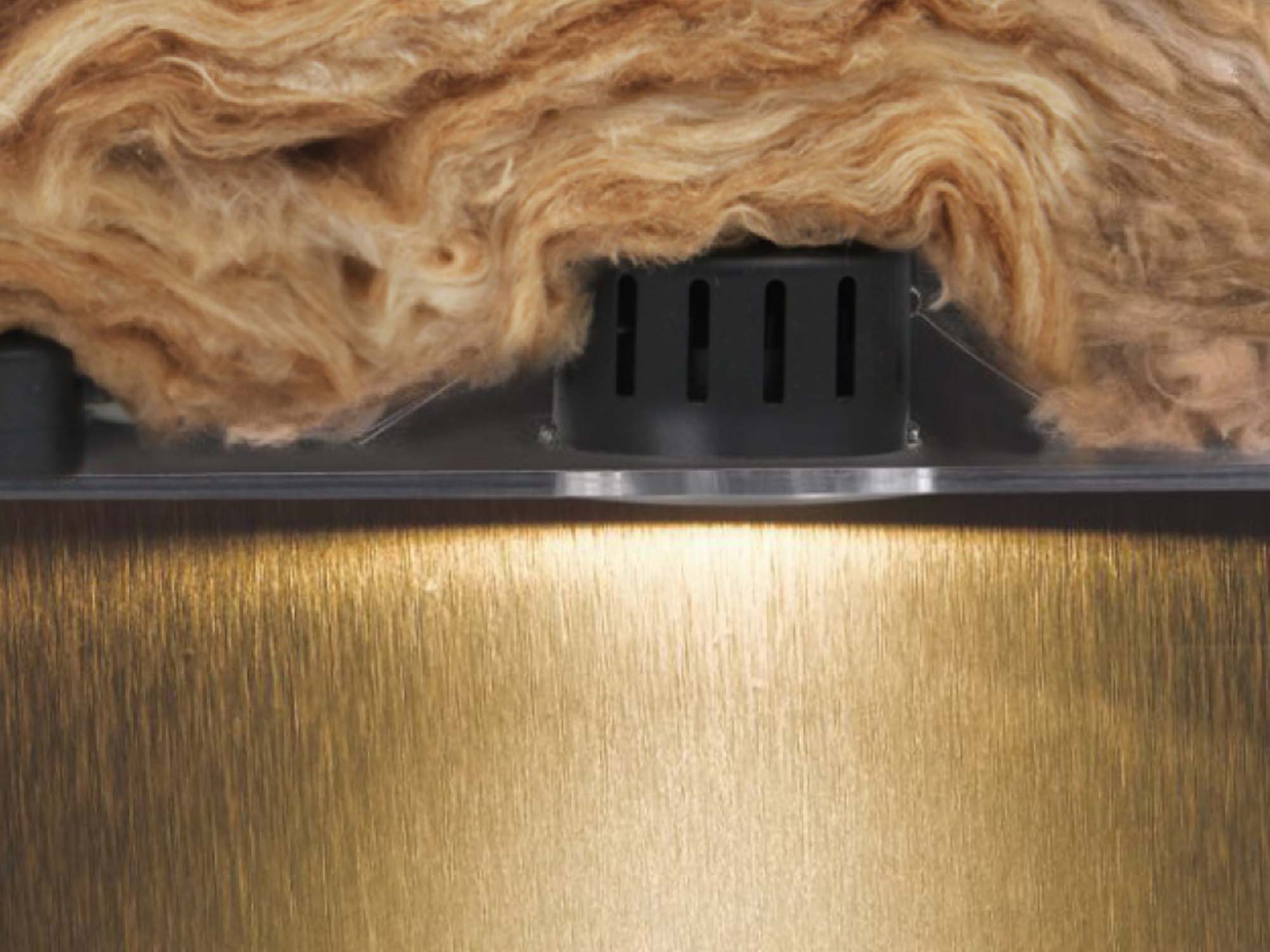Replacing your existing incandescent or halogen bulbs with durable LED bulbs offers numerous benefits. You enjoy an even better light performance and benefit from very low energy consumption. Furthermore, LEDs can handle all hues of white light, so the warm yellowish light of halogen bulbs is perfectly within reach!
1. Which bulb fitting do you have?
The fitting or bulb base is the part of the bulb that fits into the holder of the lighting device. Some bulbs have a screw thread that allows you to screw the bulb into the bulb holder (e.g. E27). Other bulbs have two little pins below (e.g. GU10), where you have to give the bulb a quarter turn to fix it in the holder.
Since E27 and GU10 are by far the most commonly used bulb fittings, we provide replacement LED bulbs for these situations. E27 bulbs and GU10 spotlights always run on 230V and in most cases, these can be replaced separately.
Usually, in case of E27 bulbs, the classic shaped (classic) or spherical (spherical) bulbs are chosen. If the bulb itself is a visible and a decorative part of you lighting, the Edison and Globe bulbs are an attractive option.
In case of GU10, the classic shape is by far the most common.
2. Do you want to have the option of dimming the bulbs?
Adjusting the light intensity according to the needs of the moment is an essential requirement in most multi-functional spaces. For instance, you need more light for office work than for a cosy dinner party. For each bulb on our website, the technical details specify whether it can be dimmed or not. Make sure to check this properly, if it is a requirement for you.
3. Select a colour temperature (light colour)
At present, LED technology has evolved sufficiently to be able to handle all hues of white light. LED bulbs can emit both warm white (2800 to 3000 Kelvin) as well as cool white (4500 Kelvin) light. In contrast, halogen and incandescent bulbs are limited to warm white light temperatures.
Often the information provided for the LED bulb specifically mentions the colour temperature of the bulb. If this is not mentioned, you can derive this information from the Kelvin value based on the table below.

4. Determine the required light output
People often look at the wattage to deduce the amount of light emitted by a bulb. But wattage is actually a unit of energy consumption and not of the light output.
LED bulbs are much more efficient in terms of wattage consumption as compared to halogen or incandescent bulbs. The light output of an LED bulb is also much higher. An LED bulb can provide as much light as a halogen bulb with a wattage consumption that is five times lower. Usually, the packaging of LED bulbs includes a fairly accurate indication of the equivalent wattage. Moreover, different LED bulbs often vary in terms of the amount of light per watt, which is why wattage is not the best reference.
To compare the light output of different light sources, it is best to consider the Lumen value. Lumen is the unit of luminous flux, i.e. the total amount of light emitted by a light source. You should choose the light output of the LED bulb depending on the intended purpose of a room.
5. Choosing the opening angle for spotlights
Spotlights always come with a specification of the opening angle. The opening angle indicates the extent to which the light is distributed by a light source. The smaller the opening angle, the more directed and focused the light output. Small opening angles are usually used for accent lighting, whereas larger opening angles are more suitable for general lighting.

